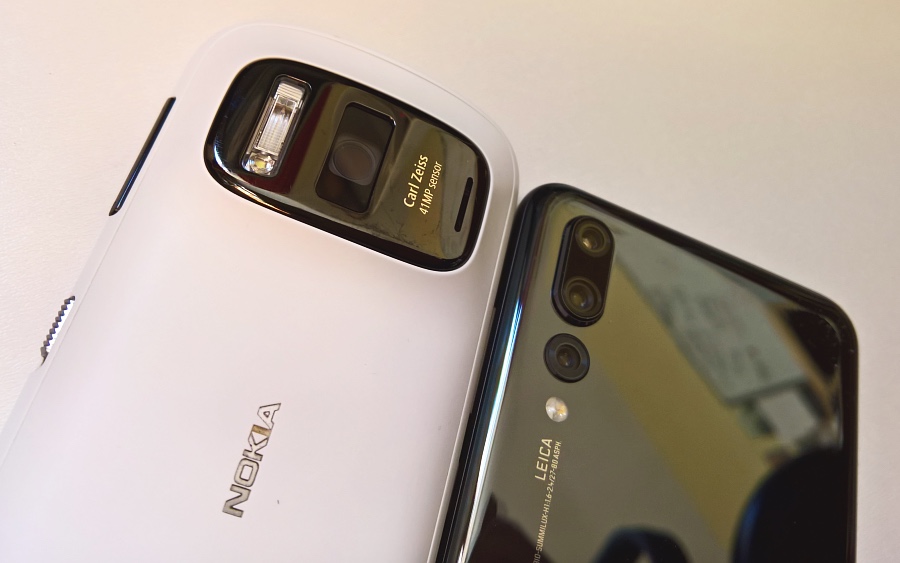
As detailed in my various AAWP pieces, the P20 Pro not only has a main 40MP sensor, but also a supplementary 3x telephoto lens and a 20MP monochrome sensor. The upshot should be masses of imaging data and great images massaged out of it all by the powerful 2018 chipset. However, as you may have seen, the P20 Pro also introduces heavy handed noise reduction and sharpening that can result in ugly artefacts.
Given that the whole point of computational photography to improve purity and detail is so that you don't need to do noise reduction or sharpening, it all seems a little ironic. Anyway, on with the tests.
Notes:
- I was using the Nokia 808 in its 'Creative' mode at 8MP oversampled, to better match the 7MP/10MP of the various P20 Pro shots. I also set the JPG compression at 'Superfine', which is my normal 808 default. Everything else was left alone.
- This set of tests isn't quite as wide as usual because time and writing resources are scarce for AAS in 2018, but at least you have some data points below. Better than nothing!
Test 1: Sunny snap
Some sunlit branches against a blue sky. Here's the full scene, as shot by the Nokia 808:
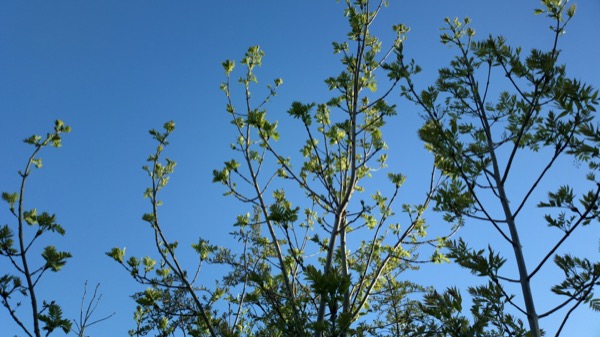
And here are 1:1 crops, 808 then P20 Pro. If you want the original JPGs then they're here, for your analysis, from the Nokia 808 and Huawei P20 Pro.
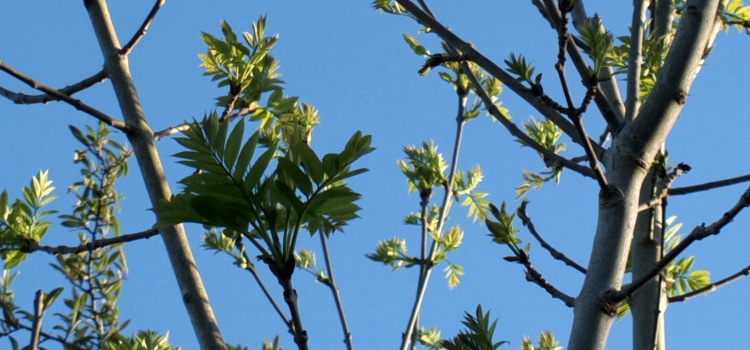
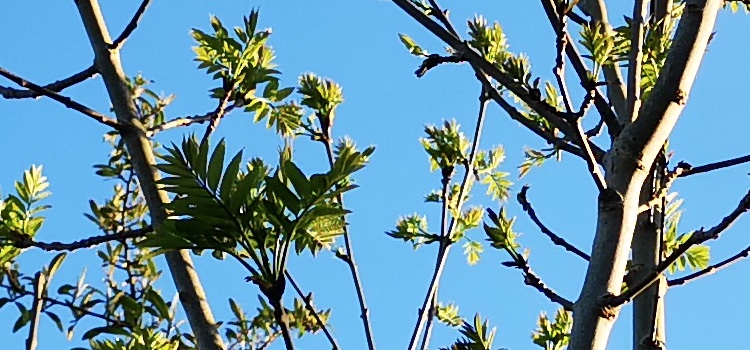
I'm not sure that comment is even needed here - the brutal and unnecessary processing from the 2018 P20 Pro is there in the images for all to see. First glance and the P20 image looks sharper, then you look closely and see that it's 100% artificial. The Nokia 808's image looks like it's the view through a window, i.e. it's real. While the P20 Pro's image looks enhanced and artificial.
Nokia 808 PureView: 10 pts, Huawei P20 Pro: 8 pts
Test 2: Sunny snap, zoomed
The same scene, but this time using the 3x zoom on both camera phones. Here are 1:1 crops, 808 then P20 Pro. If you want the original JPGs then they're here, for your analysis, from the Nokia 808 and Huawei P20 Pro.
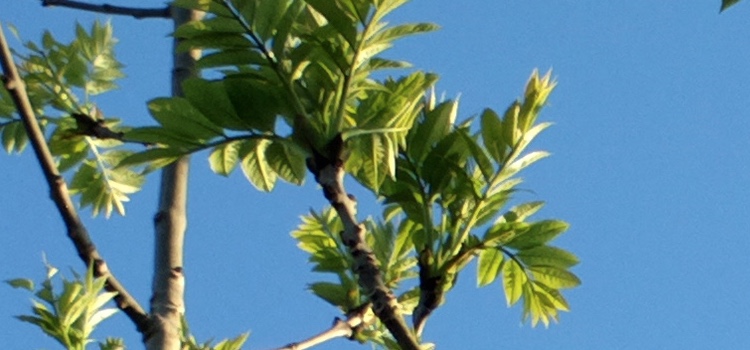
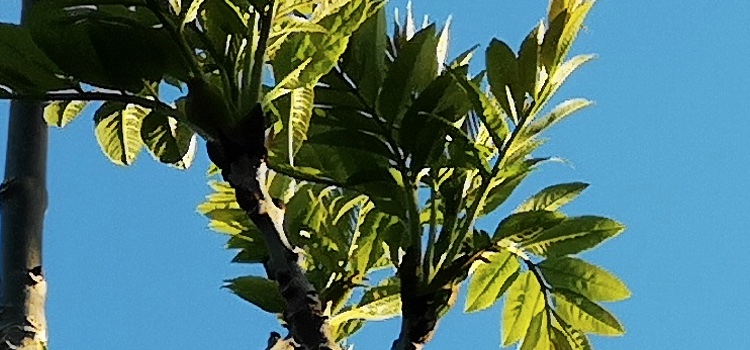
Yes, yes, I know that the zoom isn't 3x for the Nokia 808 in its 8MP mode - it's more like 2x, but the test is still valid. Unsurprisingly, with plenty of light and a genuine telephoto lens, the P20 Pro does much better here. There's still the slightly over-processed air, but on the other hand there's more resolved detail, so I'm scoring this one even.
Nokia 808 PureView: 9 pts, Huawei P20 Pro: 9 pts
Test 3: Low light
A static plane just after sunset, with light levels low - it was quite a bit darker to my eyes than the photos make it seem! Here's the full scene, as shot by the Nokia 808:
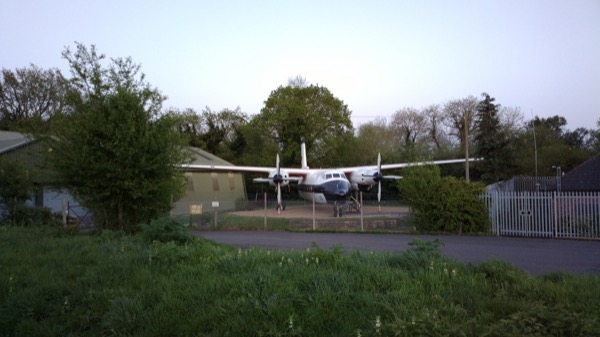
And here are 1:1 crops, 808 then P20 Pro. If you want the original JPGs then they're here, for your analysis, from the Nokia 808 and Huawei P20 Pro.
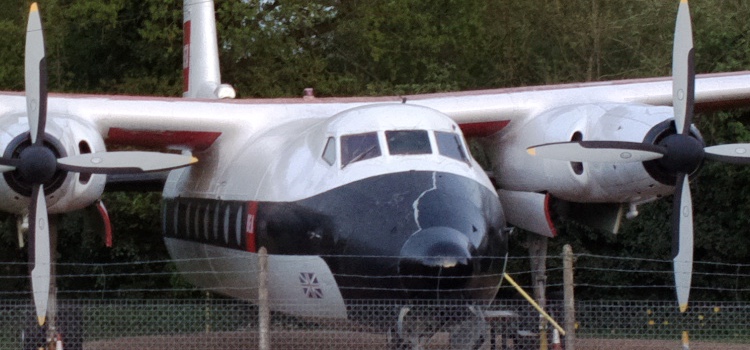
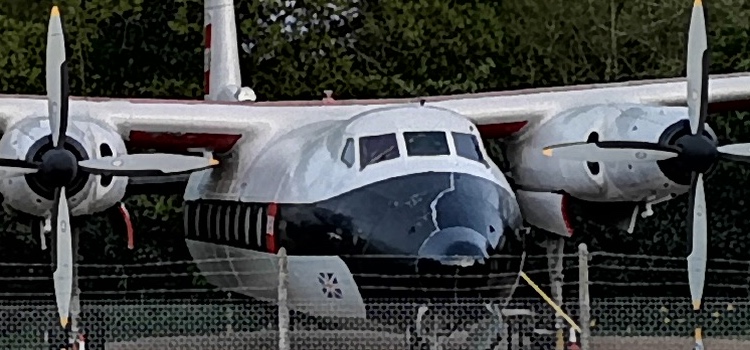
Interestingly, I managed a crisp-ish shot, even at 1/30s on the Nokia 808 - remember, it predated OIS in phones. I was bracing it against my car, which I'm sure helped, but didn't feel the need for anything fancy, like a tripod. The P20 Pro claims 'AI' stabilisation, plus it has multiple cameras and multiple exposures, yet its photo still isn't in the same class as the Nokia 808's. See what you think above. Yet again the processing produces an artificial effect - some have dubbed this 'water colour painting' and for a photo I find it quite ugly.
Nokia 808 PureView: 9 pts, Huawei P20 Pro: 7 pts
Test 4: Night time
Really trying to see what 'PureView' capabilities each phone camera has, I then shot in darker conditions still (again darker than the shots make out and with the sun well below the horizon) and with some bright detail in a shaded alcove to try to confuse things. Here's the full scene, as shot by the Nokia 808:
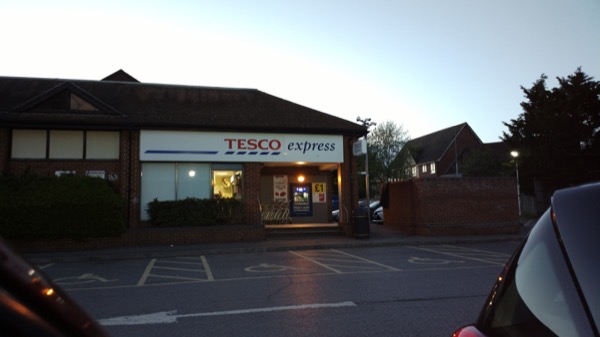
And here are 1:1 crops, 808 then P20 Pro. Note that I experimented here with the usually superior Night Mode on the P20 Pro, which builds up an image over multiple seconds and exposures. If you want the original JPGs then they're here, for your analysis, from the Nokia 808 and Huawei P20 Pro.

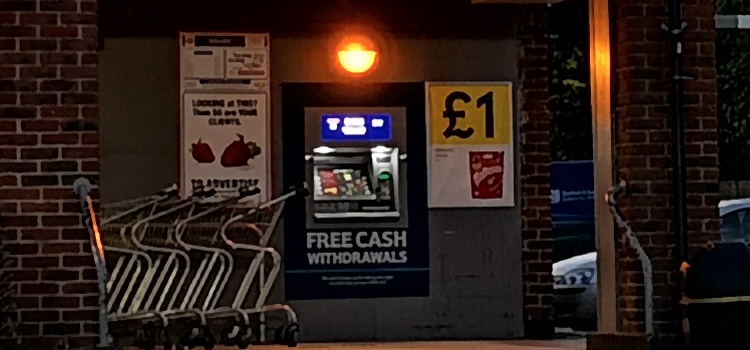
The original PureView processing seems superior to me, more natural. Partly this is the full RGB 40MP sensor with a traditional Bayer layout and the Nokia oversampling algorithms, while the P20 Pro has a quad-Bayer block pattern, which I feel is more primitive in terms of resolving finer colour detail. And partly this is down, yet again, to clumsy noise reduction and sharpening from Huawei - Eero, if you're reading this, you DON'T NEED these extra stages, you already have great optics, just spit out the images and encode them to JPG as they are!!
Either way, look at the trolleys, look at the Maltesers advert (other brands are available!), look at the detail in the cash machine, the 2012 phone's camera's output - despite the lack of OIS - is superior.
Nokia 808 PureView: 9 pts, Huawei P20 Pro: 8 pts
Verdict
This has only been a short feature, but hey, new content on AAS in 2018...! In particular, I forgot to shoot a 'party' test, but I think we can assume that this will be the usual Xenon walkover for the Nokia 808. And the 808 is already way ahead:
- Nokia 808 PureView: 37/40 pts
- Huawei P20 Pro: 32/40 pts
What I find fascinating here is that other sites have proved that shooting DNG (RAW) images on the P20 Pro means side-stepping all the extra ugly processing, proving that the triple camera system on the P20 Pro is basically sound. It's the software that ruins the images for consumers and, as usual, it's all about updates coming along in time.
In the meantime, this quick feature has shown, I hope, that - for now - the original PureView classic camera phone still produces superior images.*
* and, unlike the Lumia 1020, you can't point to it being too slow, since the 808 oversamples with a custom ISP and is only a fraction of a second from shot to shot.
